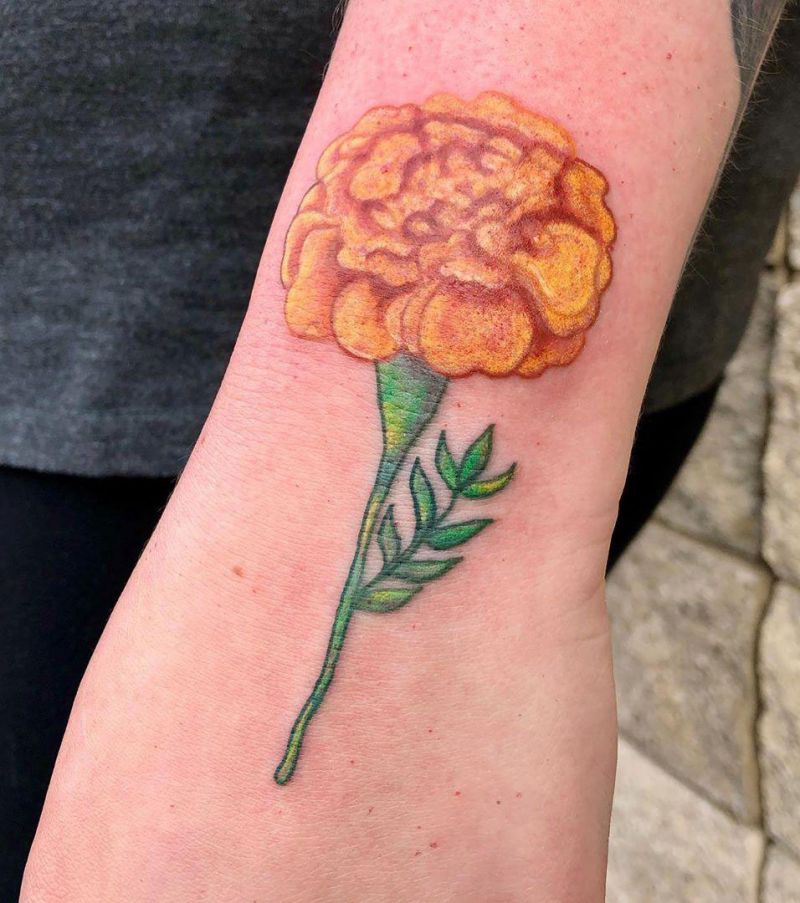Marigold is an annual herb of the genus marigold in Compositae. Its stem is erect, stout, with fine longitudinal edges and branches spreading upward. Leaves pinnately divided; There are a few glands along the leaf margin. Inflorescence solitary; Involucre cup-shaped, apex toothed; Ligulate flowers yellow or dark orange; Tubular flowers with yellow corolla. Achenes linear, base reduced, black or brown, covered with short hairs; The crown hair has 1-2 long awns and 2-3 short and blunt scales, and the flowering period is from July to September.
Marigold has no strict requirements on soil. It grows in sandy loam with good fertility and drainage. It is native to Mexico and distributed in all parts of China. It can grow in the area of 1150-1480 meters above sea level and mostly grows in roadside meadow. Marigold is often sown in spring, because of its large flowers and long flowering period, it is often used in flower bed setting.
Marigold is edible. It’s a famous dish in flower recipes. Wash and dry the fresh longevity chrysanthemum petals, then wrap them with flour and fry them. The fragrance will make people salivate, just like stinky tofu. It smells very smelly, but after frying, it is fragrant and delicious. Marigold tastes bitter and cool, and has the effect of detoxification and detumescence. It is used for upper respiratory tract infection, pertussis, bronchitis, corneal inflammation, pharyngitis, stomatitis and toothache; External treatment of mumps, mastitis, carbuncle sore swelling poison.

Source: @annaloux